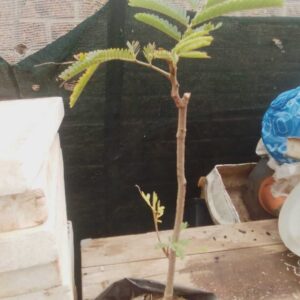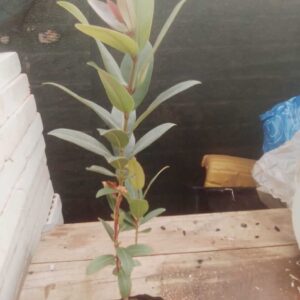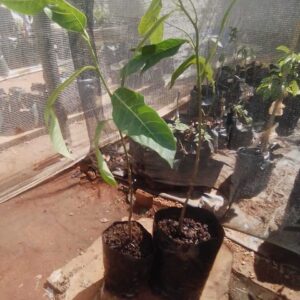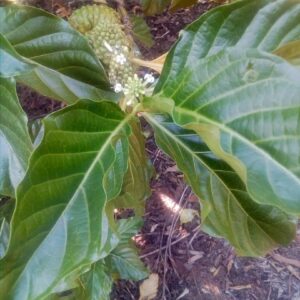Pink bananas (Musa velutina), also known as Velvet Pink Banana or Hairy Banana, thrive in tropical or subtropical climates, requiring well-draining, fertile soil and consistent moisture. They are grown for their beauty and edible fruit, offering both ornamental and nutritional benefits.

Plants & Seedlings
Pink banana
Growing Conditions:
-
Climate:Pink bananas prefer warm temperatures. They can tolerate mild frosts, but prolonged cold can damage the plant.
-
Soil:Well-draining soil is essential, rich in organic matter to provide nutrients and retain moisture.
-
Sunlight:They can tolerate partial to full sun, but too much direct sun can scorch the leaves.
-
Watering:Keep the soil consistently moist, but avoid overwatering, which can lead to root rot.
-
Fertilization:Fertilize regularly, especially during the growing season, with a balanced fertilizer to support fruit production.
-
Pests and Diseases:Watch out for common banana pests like aphids, spider mites, and banana weevils.
Benefits:
-
Ornamental:Pink bananas add a tropical touch and visual interest to gardens with their bright pink flowers and fuzzy, pink-fruiting.
-
Edible:The fruit is edible, sweet, and can be eaten raw or used in cooking, jams, or preserves.
-
Nutritional:Pink banana fruits are a good source of dietary fiber, vitamins, and minerals, and are low in fat and calories.
-
Other:They can also be used to attract pollinators, and their growth habits can help improve soil health.




